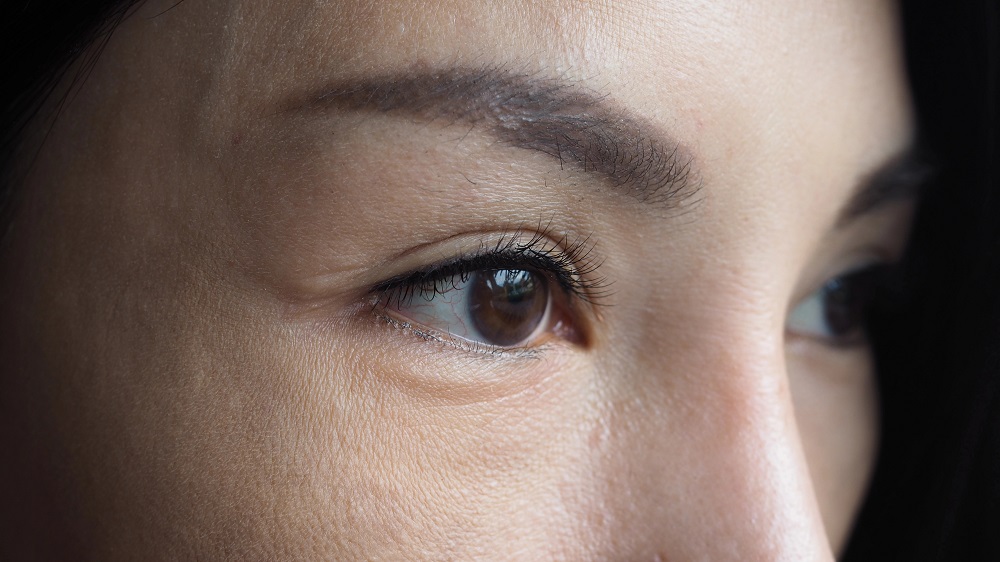Eye Movement Desensitization and Reprocessing (EMDR) therapy has gained recognition as an effective treatment for various mental health issues, particularly those rooted in traumatic experiences. This innovative approach combines elements of cognitive-behavioral therapy with bilateral stimulation techniques to help individuals process and heal from distressing memories.
Developed in the late 1980s by psychologist Francine Shapiro, EMDR has since become a widely accepted therapeutic method. The American Psychological Association and the U.S. Department of Veterans Affairs endorse EMDR as an evidence-based treatment for post-traumatic stress disorder (PTSD).
How EMDR Works
EMDR therapy operates on the principle that our minds can heal from psychological trauma much like our bodies recover from physical injuries. The therapy aims to activate the brain’s natural healing processes by stimulating both hemispheres while recalling traumatic memories.
During an EMDR session, a therapist guides the client through a series of eye movements while focusing on a specific traumatic memory. This bilateral stimulation can also involve alternating hand taps or audio tones. The process helps to desensitize the individual to the distressing memory and facilitate adaptive information processing.
It Can Help You To Deal With Past Trauma
One of EMDR’s primary strengths lies in its ability to address unresolved trauma. Many individuals carry the weight of past experiences that continue to impact their daily lives. EMDR provides a structured approach to confront and process these memories, reducing their emotional charge and allowing for healing.
Through EMDR, clients often report a significant decrease in the intensity of traumatic memories. This can lead to improved emotional regulation, reduced anxiety, and a greater sense of control over one’s life. The therapy can be particularly beneficial for those who have experienced childhood trauma, sexual assault, combat-related stress, or other forms of psychological distress. Self emBody offers EMDR therapy in Utah with online sessions. You can have a free 15 minute consultation to see if it feels right for you.
Beyond Trauma: Other Applications of EMDR
While EMDR is best known for its effectiveness in treating PTSD, its applications extend to various other mental health concerns. Research has shown promising results in using EMDR to address:
- Anxiety disorders
- Depression
- Phobias
- Addiction
- Chronic pain
- Performance anxiety
The versatility of EMDR makes it a valuable tool in the mental health professional’s toolkit, offering hope to individuals struggling with a wide range of psychological challenges.
What to Expect in EMDR Therapy
EMDR typically follows an eight-phase protocol, beginning with history-taking and preparation. The therapist works closely with the client to identify target memories and develop coping strategies. As treatment progresses, the focus shifts to processing traumatic memories and installing positive beliefs.
Many clients find EMDR less verbally demanding than traditional talk therapy, as the emphasis is on internal processing rather than extensive dialogue. This can be particularly helpful for individuals who struggle to articulate their experiences or feel overwhelmed by traditional therapeutic approaches.
Is EMDR Right for You?
While EMDR has shown remarkable results for many, it’s essential to consult with a qualified mental health professional to determine if this approach aligns with your specific needs. Factors such as your overall mental health, the nature of your concerns, and your comfort level with the EMDR process all play a role in determining its suitability.
As with any therapeutic intervention, EMDR is most effective when conducted by a trained and experienced practitioner.

